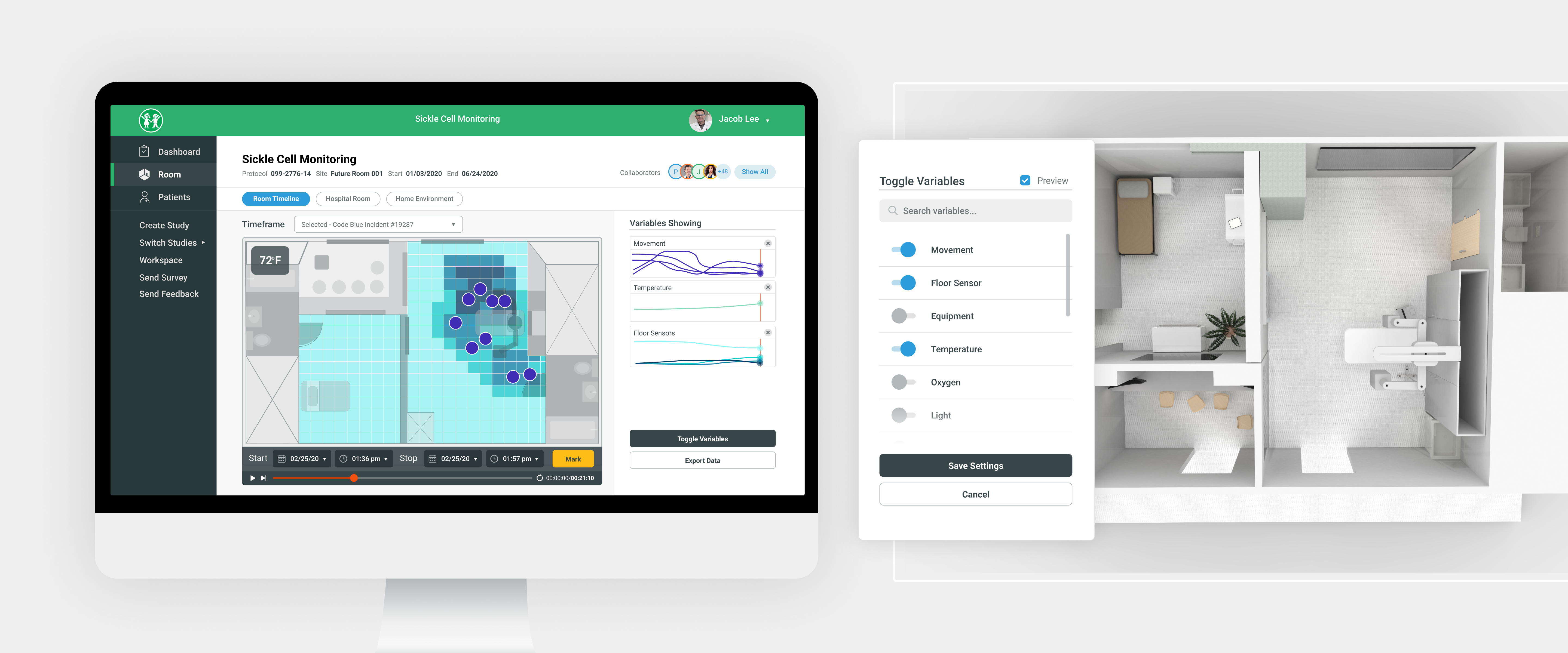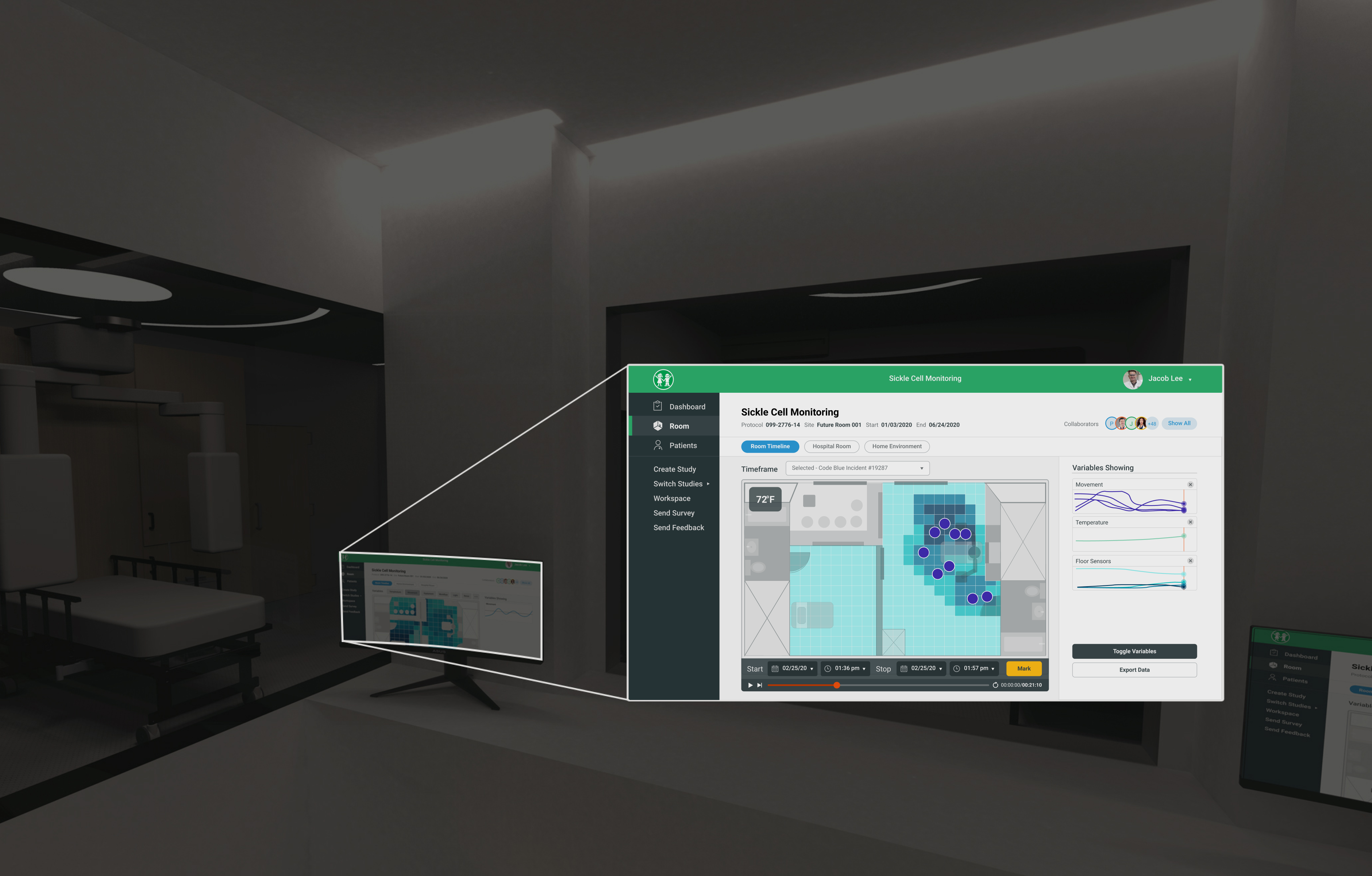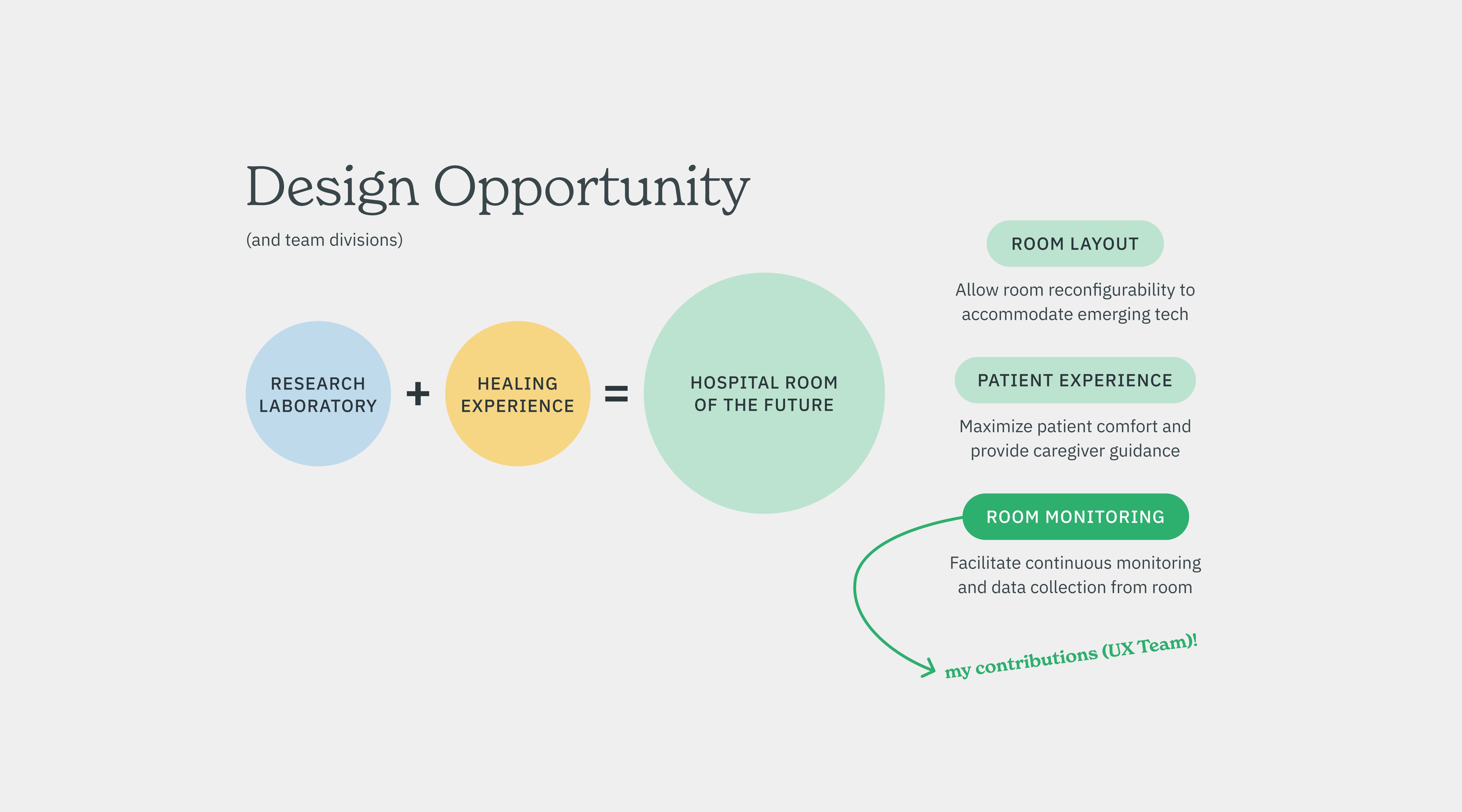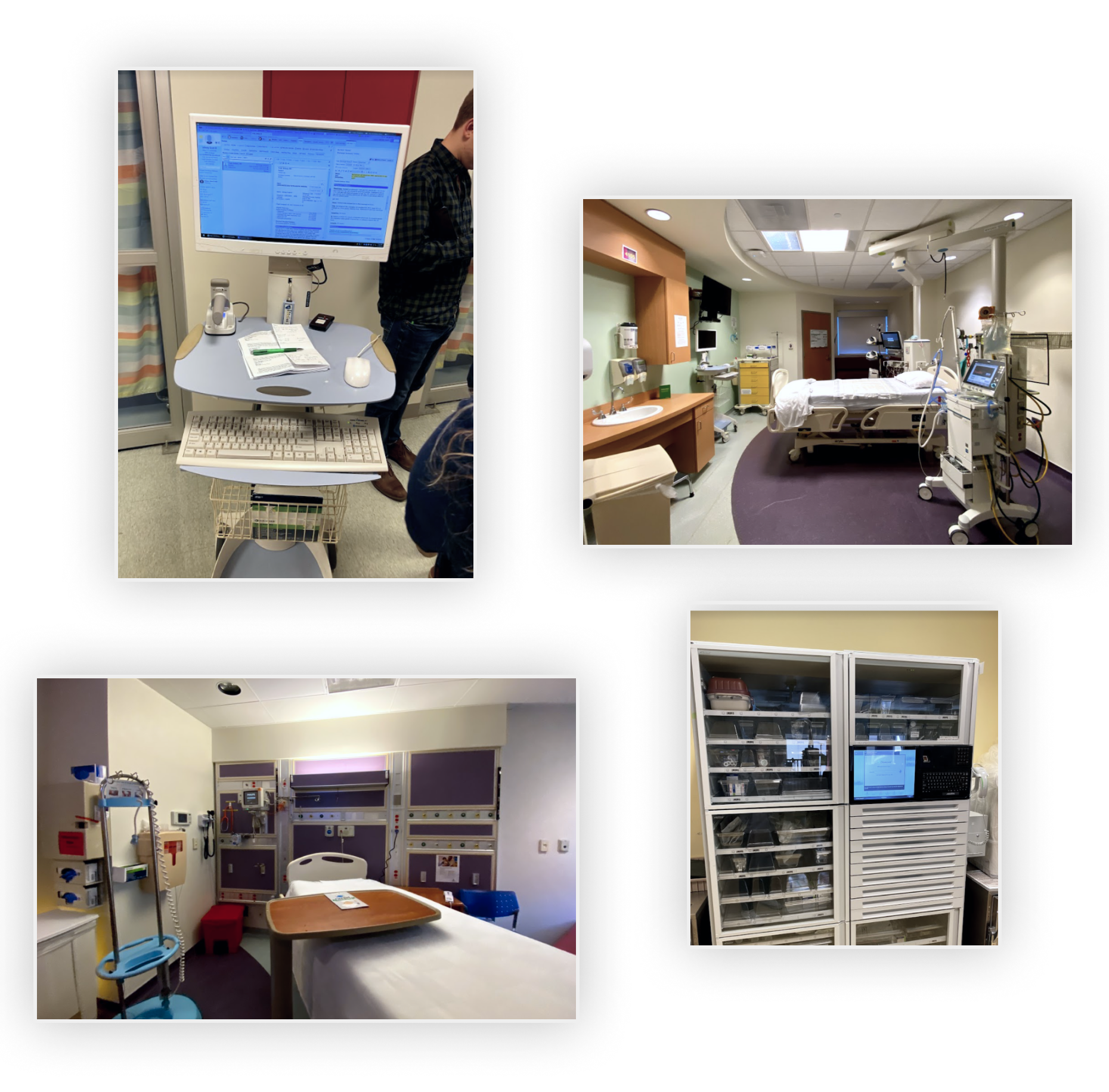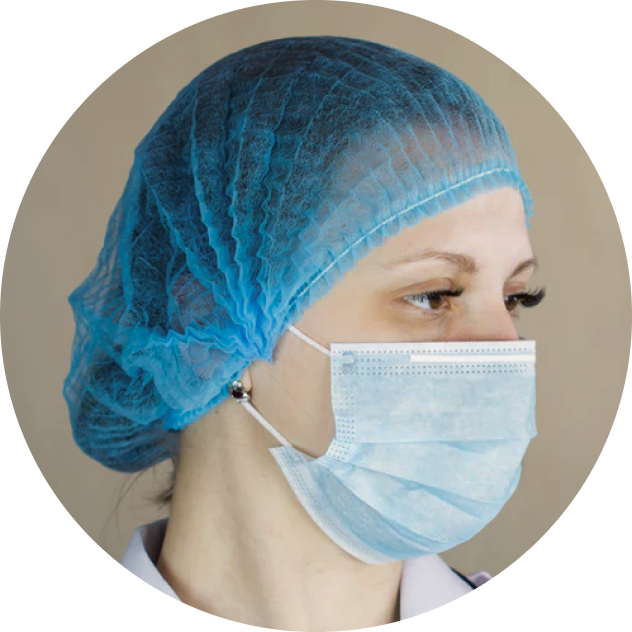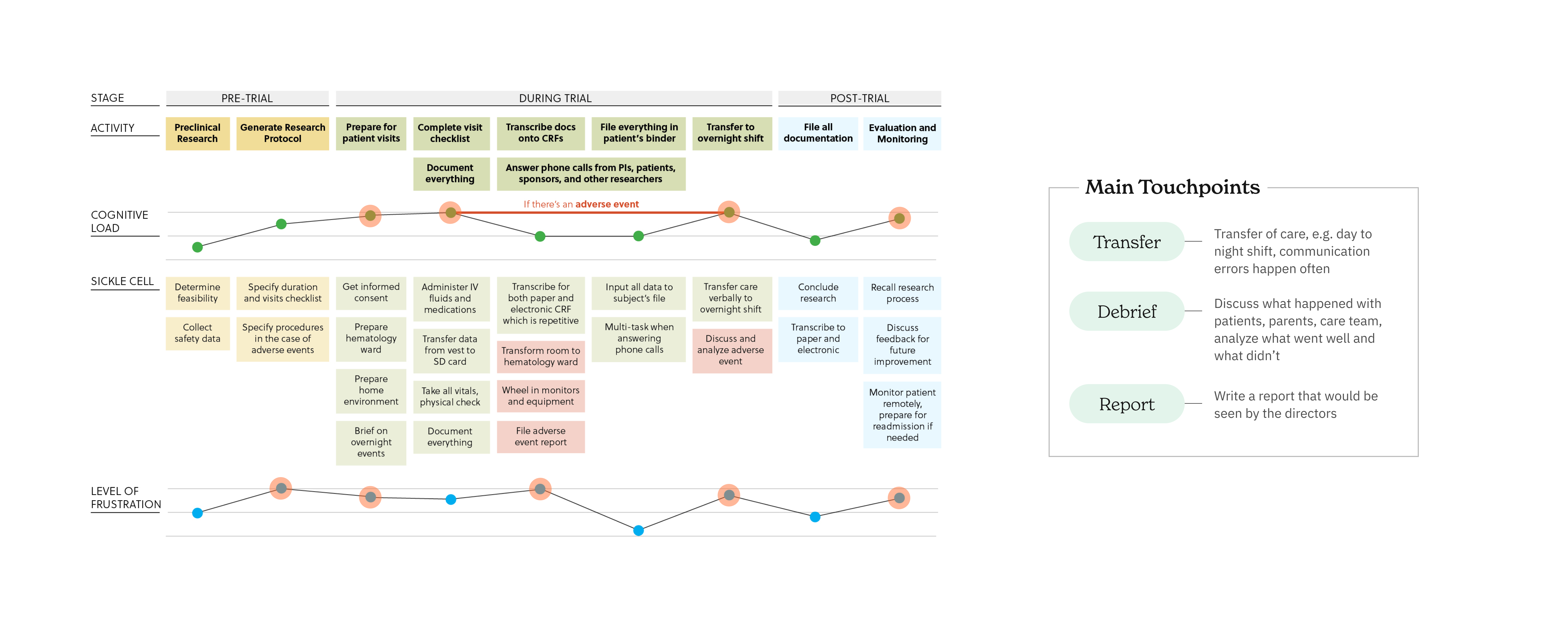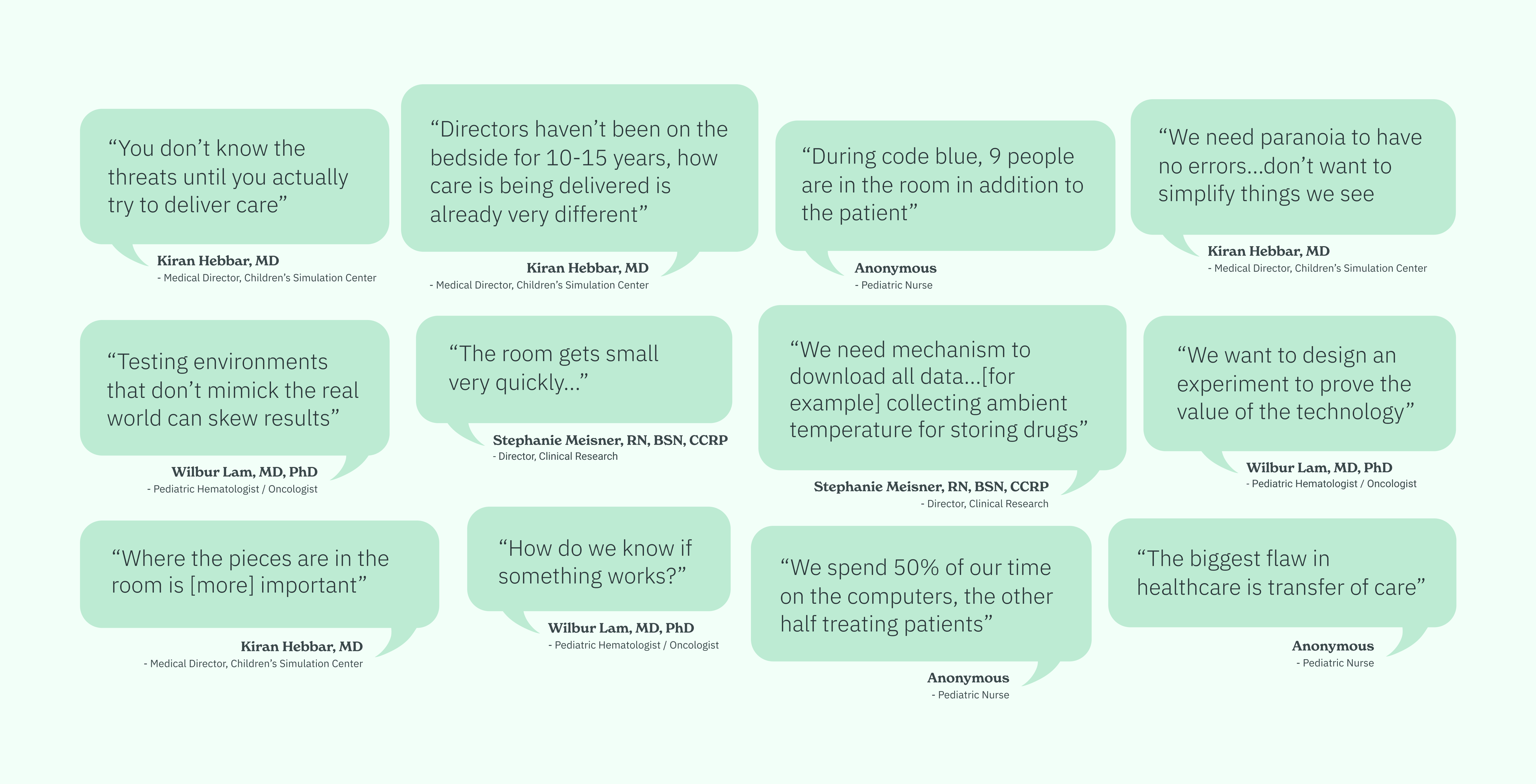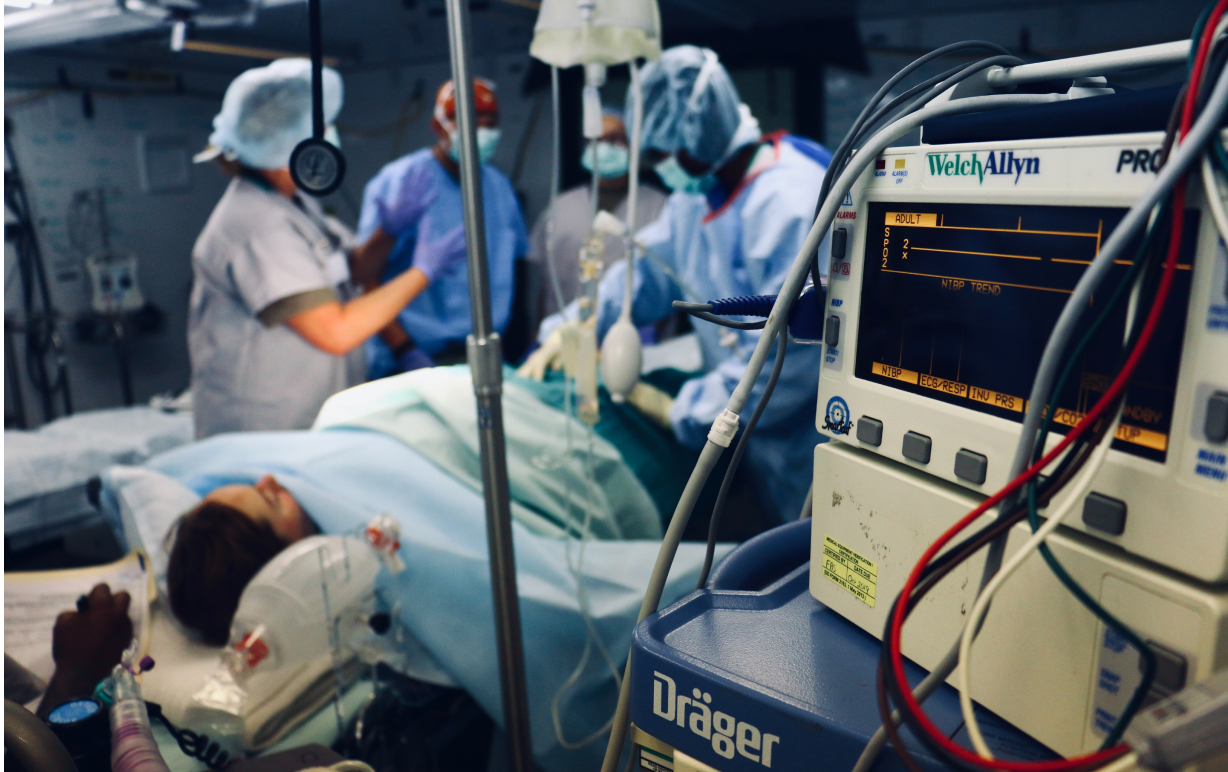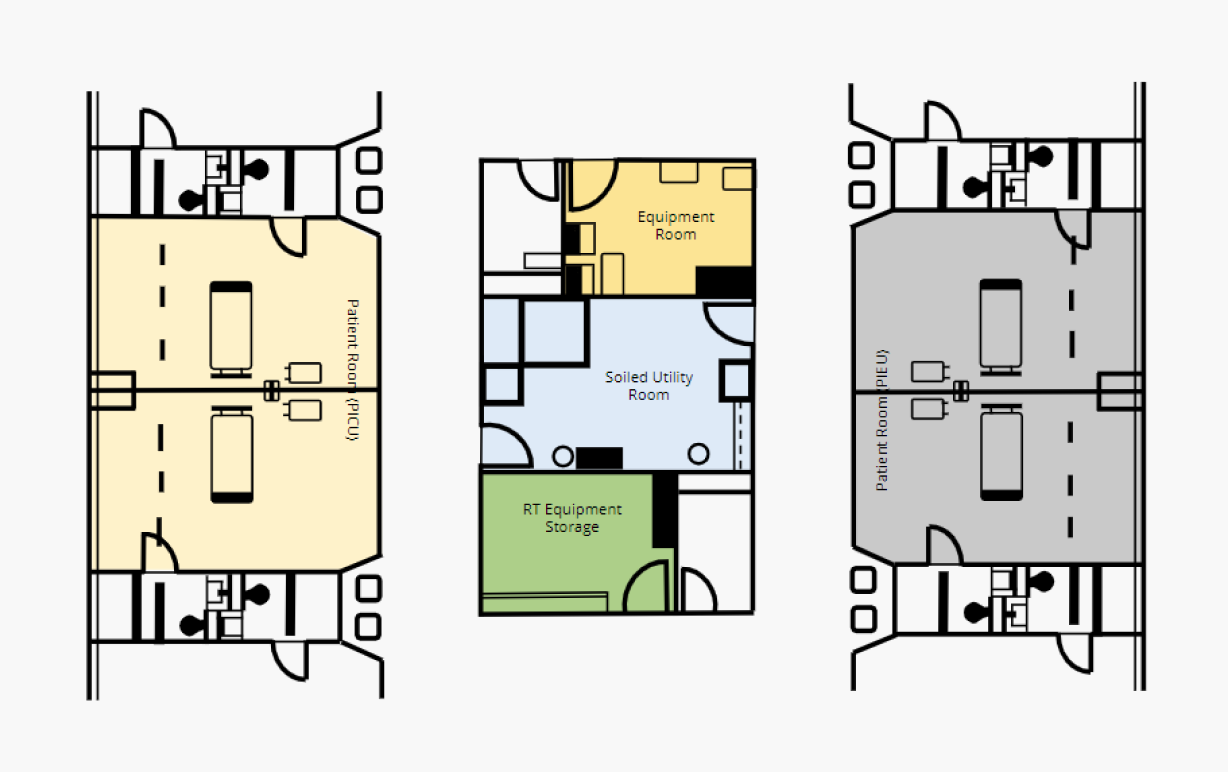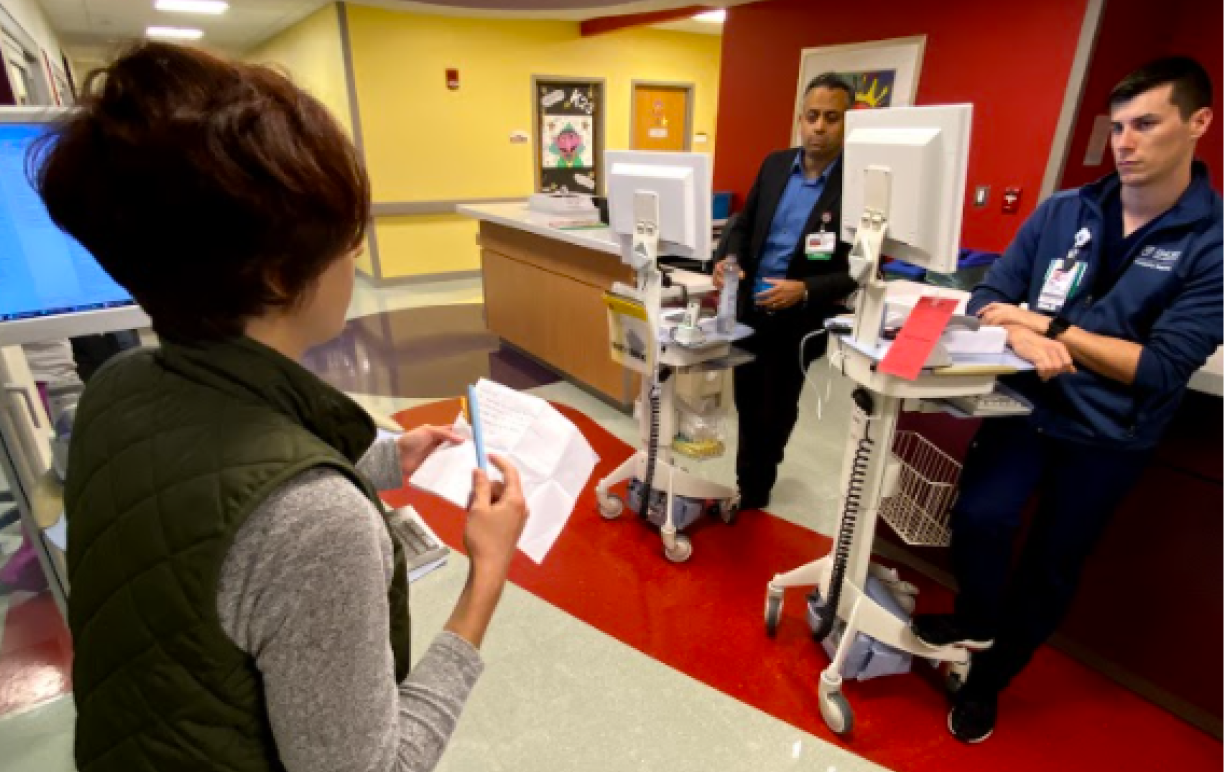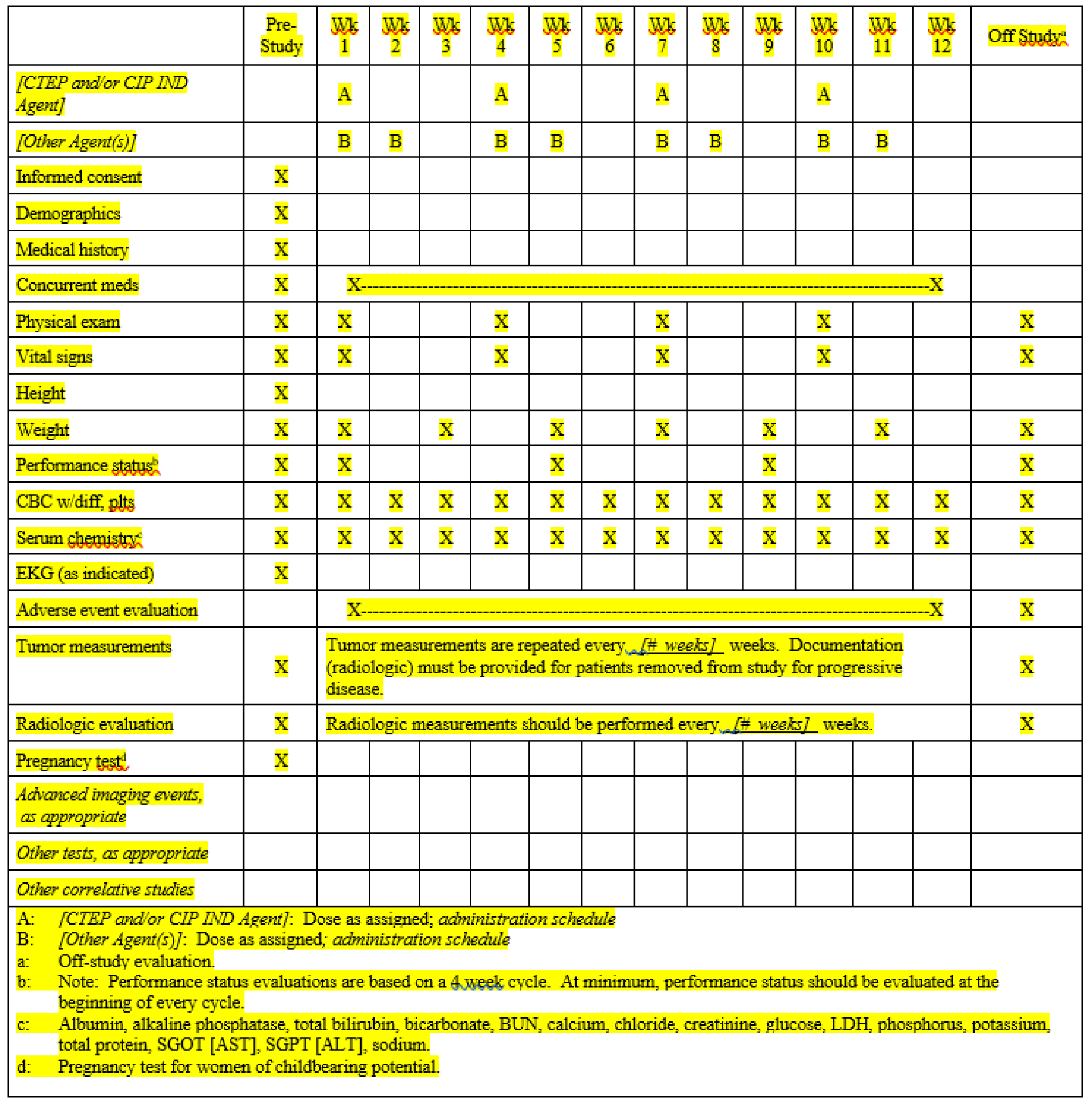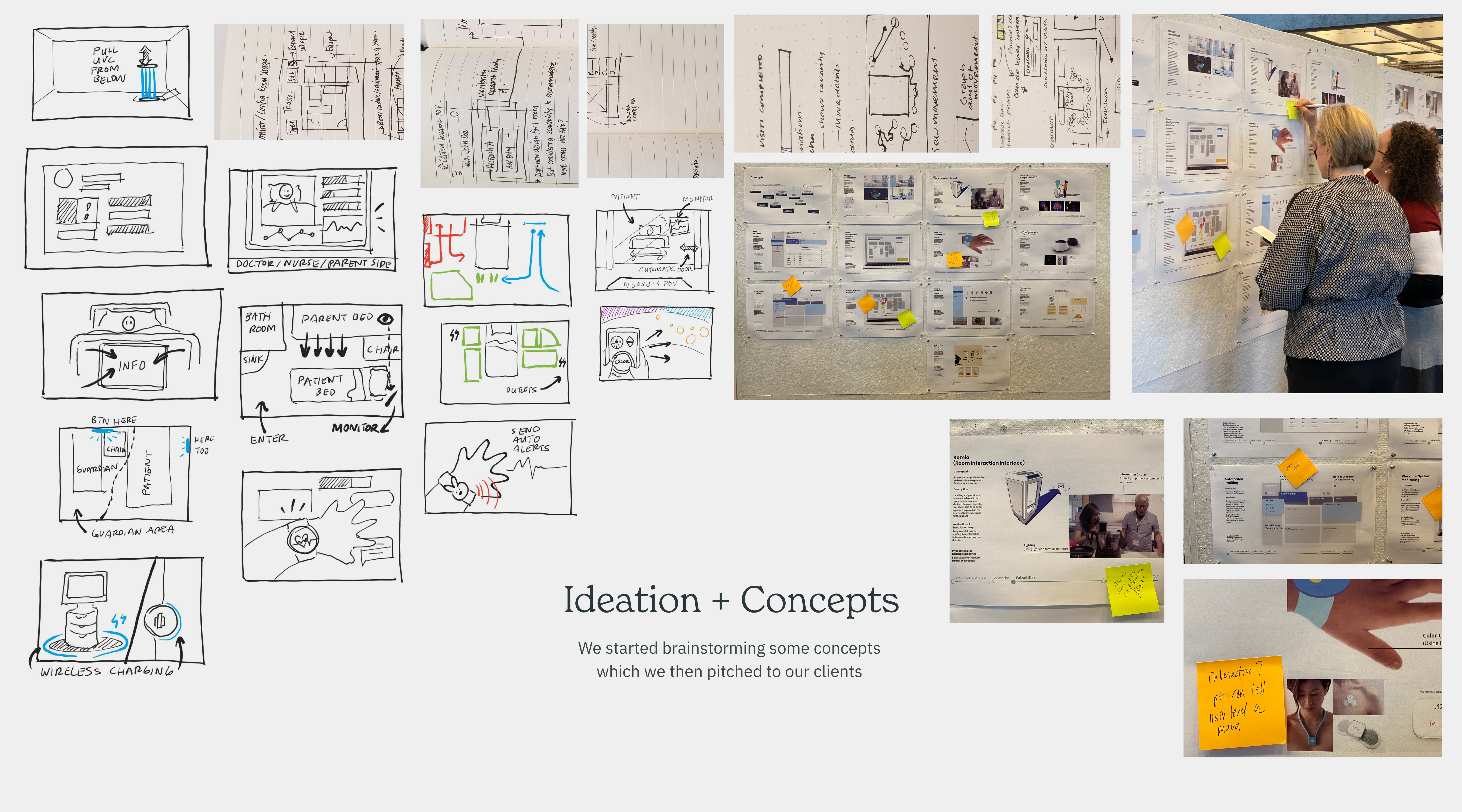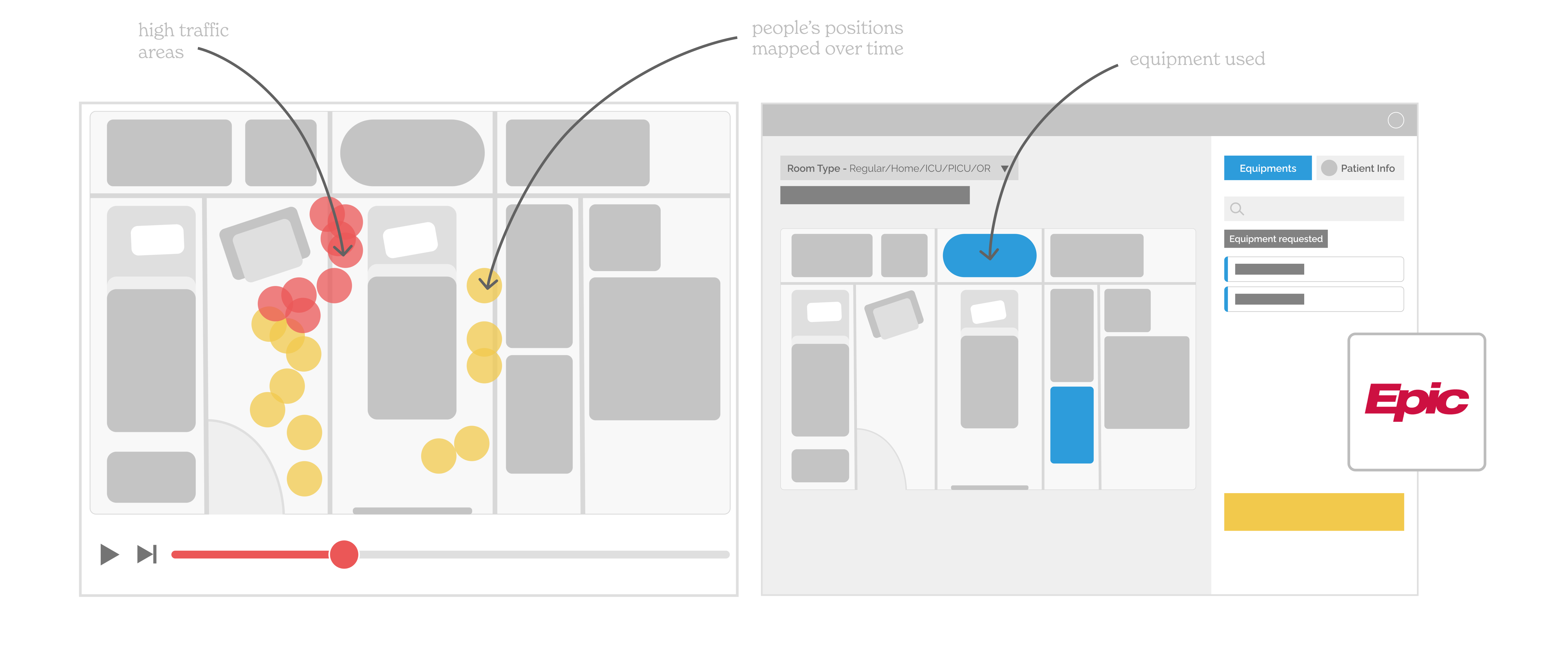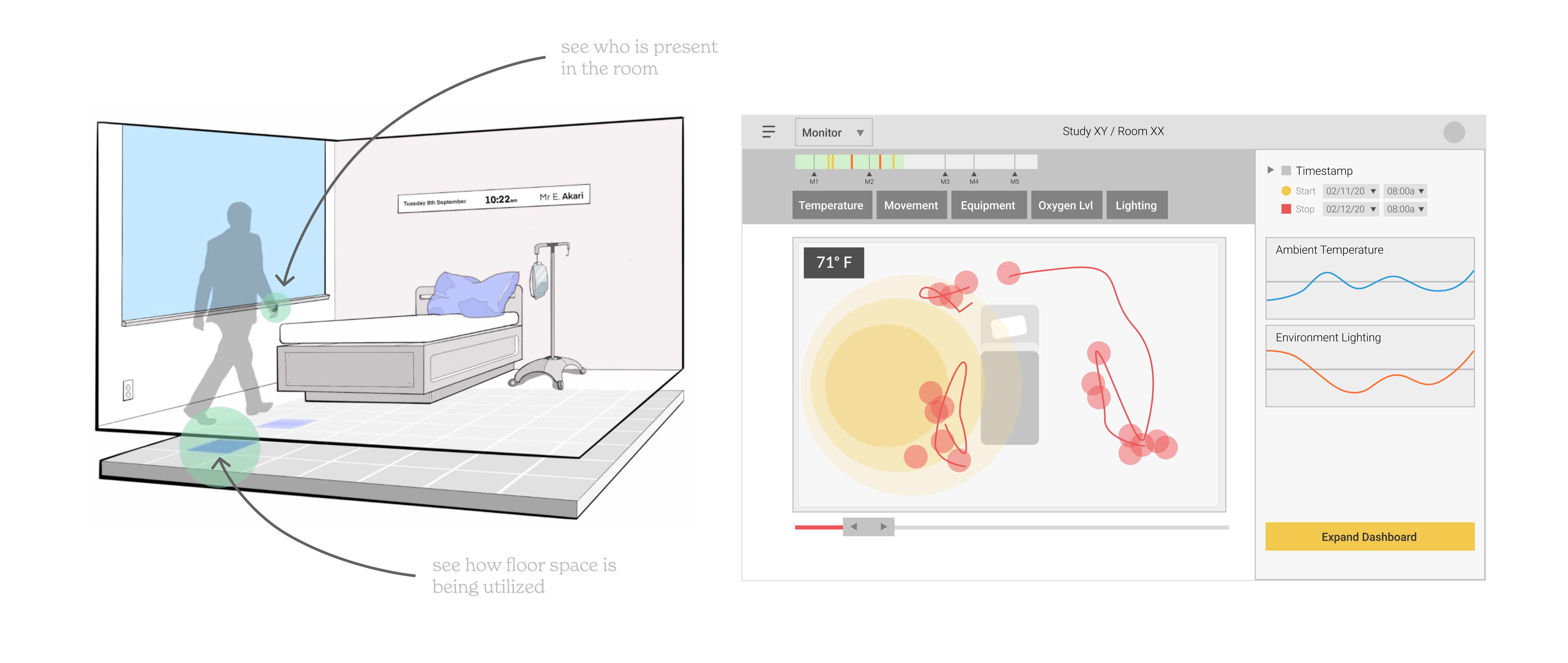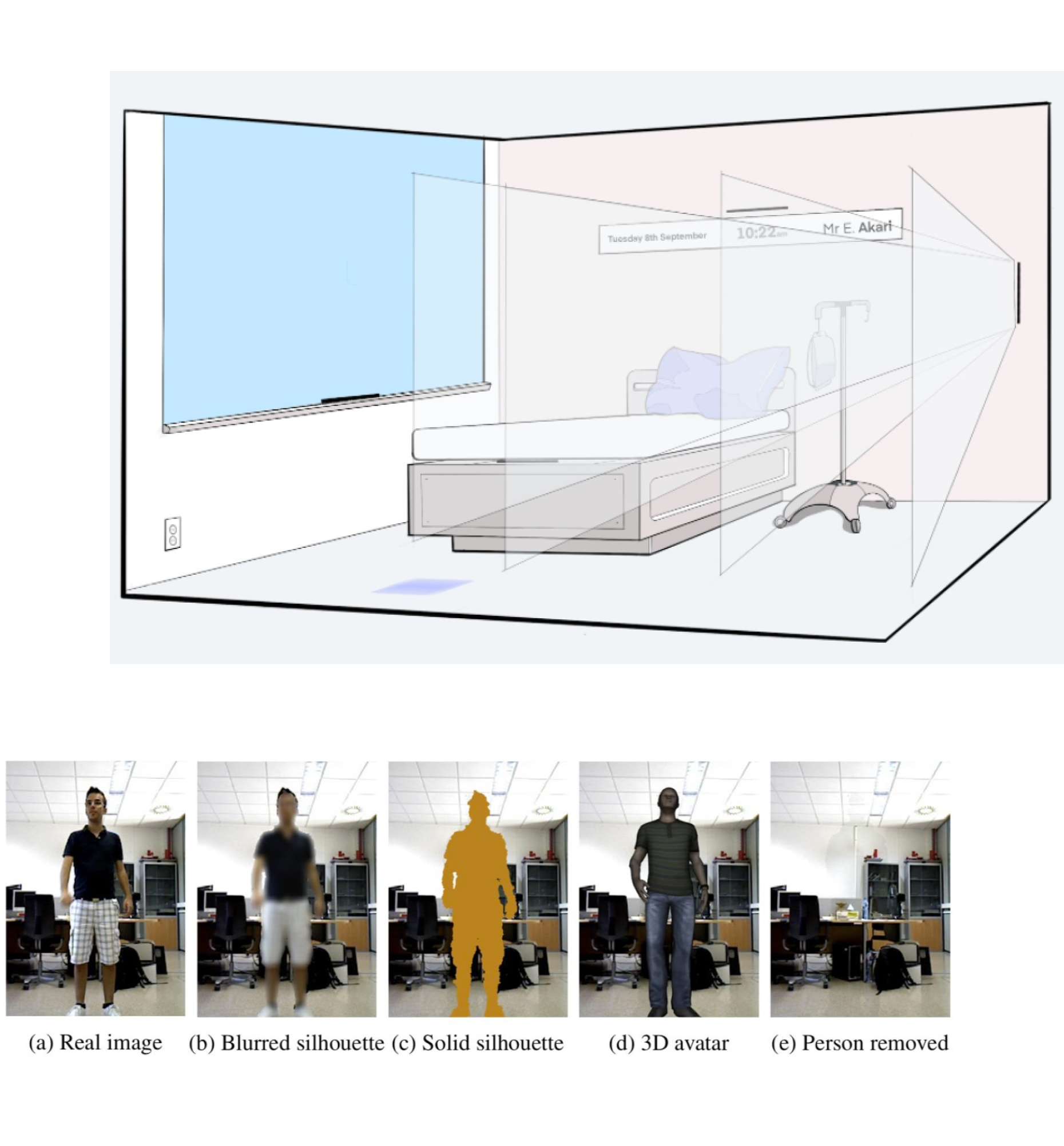Children's Healthcare of Atlanta is constantly testing new, better treatments to minimize the duration of their patients' stay as many patients that could have been sent home faster were kept in the hospital longer as a fail-safe procedure. Their challenge for us was to design a future hospital room that ensures comfort for patients and at the same time accommodates testing for new treatments.
This project was completed thanks to the combined efforts of all members of the Junior Health Design Studio. My role as part of the UX team was to design the dashboard interface that enables the clinical research team to monitor trials conducted in the hospital room.
Project Timeline
Jan - Apr 2020
15 weeks
Collaborating Department(s)
Georgia Institute of Technology
Children's Hospital of Atlanta
Supervisor
Prof Herb Velazquez
Role
UX Designer
Special Thanks to
Teammates - Jay Burnett, Seth Cruver, Angelique Dale, Eunhee Jung, Ramsey Lehman, Joel Loo, Piers Mrkusic, Julia Pokrzywa, Hannah Ranieri, Jereme Tan, Anna Teachout, Mia Tomblin
Clients - Dr Wilbur Lam, Dr Kiran Hebbar, Stephanie Meisner
